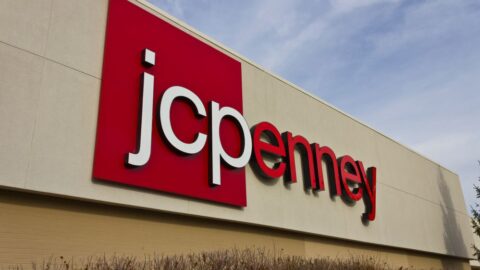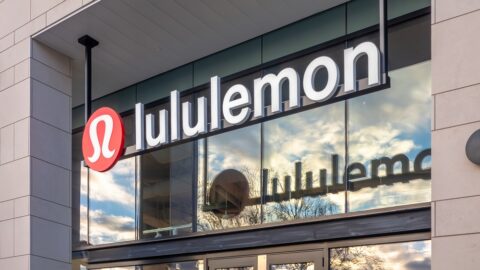In a rare instance where Amazon admits it extended itself too far, the e-Commerce giant is scaling back its grocery delivery business, AmazonFresh, from select zip codes in at least nine states.
The retrenchment seems surprising in the wake of Amazon’s $13.7 billion Whole Foods acquisition, but it delivers a major reality check to retailers: grocery delivery is difficult, even for those with the most efficient delivery infrastructure.
Online grocery is anticipated to grab as much as 20% of the U.S. market by 2025, but the continued headwinds to the sector’s growth may be a sign that such predictions are overly optimistic.
These services aren’t cheap. AmazonFresh customers currently pay $14.95 per month on top of the $99 Prime membership fee, while annual subscriptions to FreshDirect and Instacart are $129 and $149 respectively. Home delivery fees at FreshDirect range from $6 to $8 per delivery, with $30 order minimums, while these fees at Instacart are $4 to $6 for two-hour deliveries and $6 to $8 for one-hour deliveries with an ambiguous (and optional) service fee attached.
While companies such as Costco are jumping into grocery delivery to capitalize on the growing market, retailers must continually assess their limits for deploying these services, particularly when it comes to the type of goods offered, basket size and expected delivery times.
Getting the formula right for AmazonFresh has been a challenge from the very start. The service launched in the Seattle area 2007 but Amazon didn’t expand it to other cities for more than five years amid ongoing tinkering of logistics and payments. And despite Walmart’s continued investments in e-Grocery, the retailer is focusing more on the pickup aspect — opening online grocery pickup at 1,000 more stores in the U.S. in 2018.
As Amazon moves further into the brick-and-mortar world, particularly the inherently complex grocery segment, the company may find other challenges to its prized agility. “Jeff Bezos and his brain trust have always relied on lots of experiments, moving quickly to try new services and strategies,” said Cooper Smith, L2 Director of Amazon Research in a recent interview with Retail TouchPoints. “But they have only been able to do that if it has meant they can get out of them very quickly. They won’t be able to jump away and cut their losses on brick-and-mortar experiments as easily, because these require too much upfront investment.”
A spokesperson for Amazon told Recode that the scaling back was unrelated to the Whole Foods acquisition. The service will continue operating in certain parts of major metropolitan areas such as New York City, Los Angeles, Chicago, Boston and Philadelphia.












